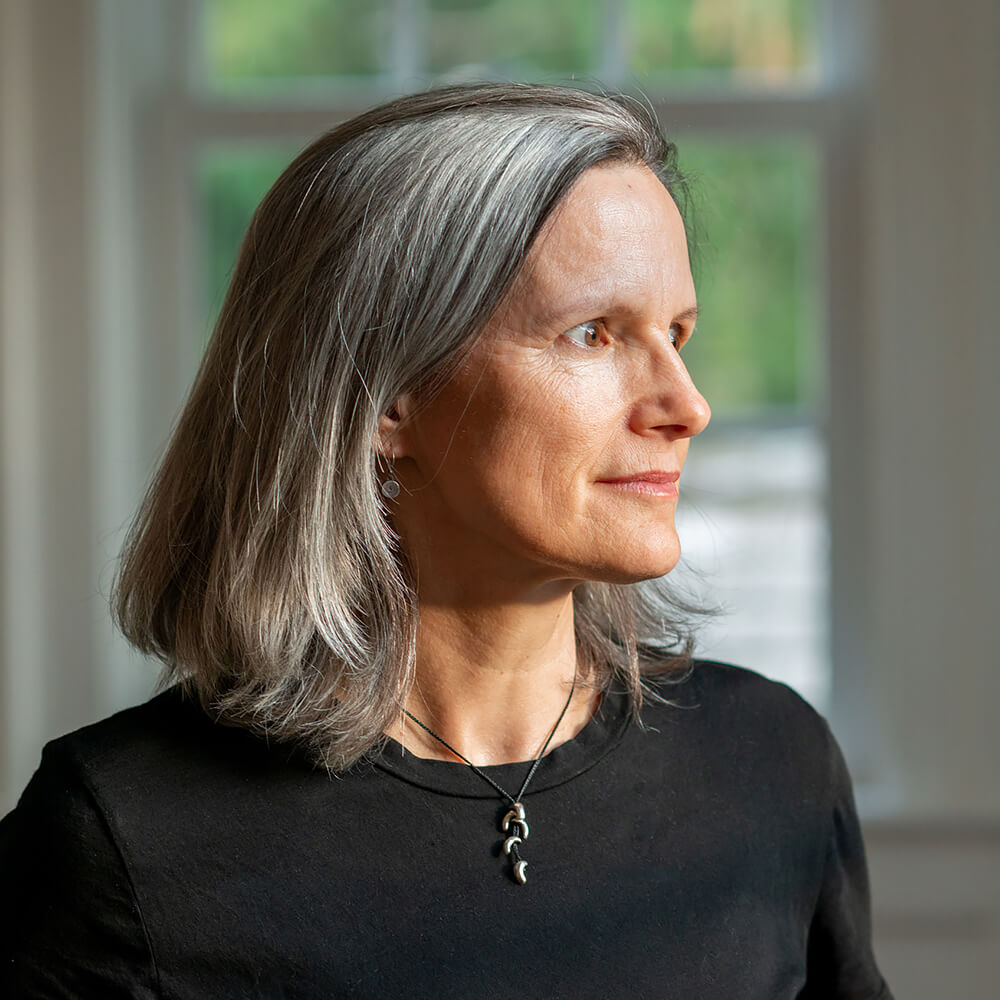This Fall Torrance York published her monograph, Semaphore, with Kehrer Verlag and exhibited her Semaphore project in a solo show at Rick Wester Fine Art, NYC. She earned a BA from Yale and an MFA in photography from RISD.
York's recent awards include: selection for Atlanta Photography Group's Portfolio 2022 exhibit; Lenscratch 2021 Art & Science Awards, Honorable Mention; Critical Mass 2021 finalist; and semifinalist and Olcott award winner from The Print Center 95th ANNUAL International competition (2020). The monograph was recently awarded 1st place/book/monograph by the Lucie Foundation's International Photography Awards.
Her work is in private and public collections, including AllianceBernstein, New York, NY; John & Sue Wieland Collection at the Warehouse, Atlanta, GA; and RISD, Providence, RI. York has had solo shows at Silvermine Galleries, New Canaan, CT; New Canaan Museum & Historical Society; and Southport Gallery, Southport, CT, among others. Her work has been exhibited at Littlejohn Contemporary, New York, NY; Griffin Museum of Photography, Winchester, MA; TILT, Philadelphia, PA; Schelfhaudt Gallery, University of Bridgeport, CT; Aldrich Contemporary Art Museum, Ridgefield, CT; and Center for Photography at Woodstock, NY.
She was a resident artist at Anderson Ranch Arts Center in Snowmass Village, CO, and received a Connecticut Artist Fellowship grant in 2010.
Semaphore
Semaphore examines the shift in my perspective after having been diagnosed seven years ago with Parkinson's disease. Through images, I consider what it means to integrate this life-altering information into my sense of self. What does acceptance look like?
Post diagnosis, everyday items and experiences take on new meaning. As I look around me, the branches of trees become networks of neurons or resemble tendons in my wrist imaged by an MRI. Simple tools now present a challenge. Acknowledging these signals facilitates the process of adaptation. Optimism holds the key for me right now. Connection inspires. Light, always an inspiration, illuminates a path for me to follow. And I go.
Parkinson's disease is the world's fastest growing brain disorder. Currently, over ten million people live with Parkinson's worldwide. While this project is relevant to the Parkinson's community, it also connects with others whose journeys require growth, patience, and perseverance to move forward.
Published by Kehrer Verlag, Semaphore has 96 pages, includes 67 images, and an essay by Rebecca Senf, PhD, Chief Curat
Selected Books on

